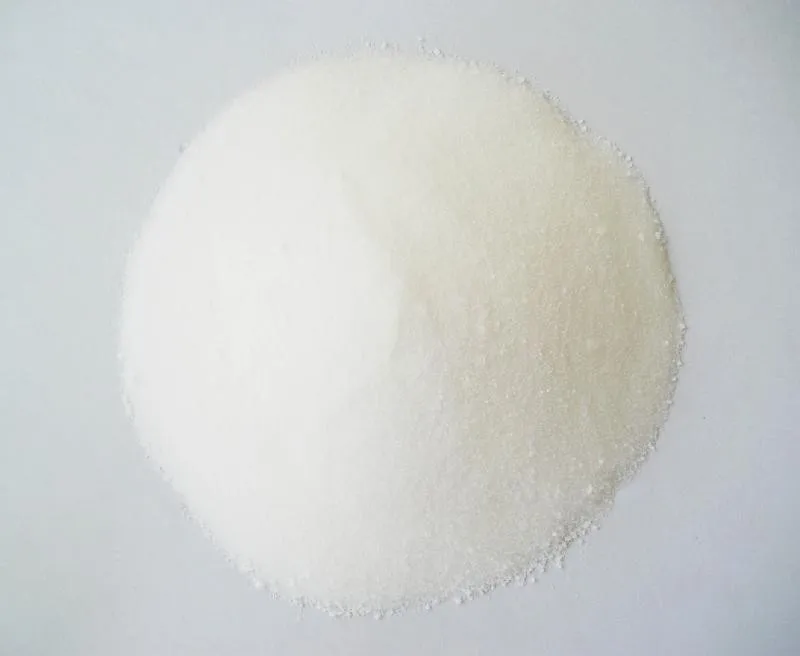The initial leaves of vegetable nitrogen-deficient fertilizers showed pale green or yellow (slightly lacking), and soon the stems repeated the same changes. Leaf color changes usually start with old leaves and then gradually extend to the entire leaf cluster.
The vegetable phosphate deficiency fertilizer initially showed slow growth, and then the leaves showed chlorotic lesions, slender stems, woody, small leaves, deep leaf color, reddish purple on the back, delayed fruiting and fruit ripening.
The vegetable-deficient potassium fertilizer had gray-green leaves at the base of the plant, followed by leaves that were bronzed and yellow-brown, and the leaf edges turned brown, with spots along the veins, tissue decay and death. Stems are slender, hard, and woody.
Vegetable calcium deficiency is characterized by slow growth and the formation of large, woody stems. The top and young parts of the plant showed obvious symptoms. When tomatoes are deficient in calcium, they are prone to umbilical rot, which is characterized by the appearance of round brown rot on the top of the fruit (umbilical part). In severe cases, the whole fruit rots, sometimes accompanied by black mold. Calcium deficiency in cucumber is characterized by shrinkage of the upper leaves and no stretching. The faucet grows slowly, dry and easily confused with the scab of cucumber. The main difference is that the black spot is easily broken.
If the vegetable lacks micro-fertilizer, if there is chlorosis and erectification between the veins, the top is affected first and the growth is slow, indicating zinc deficiency. If the apical growth point dies, the root system is poorly developed, and the flowering vegetables are only flowering or not flowering, indicating that boron is absent. If the new leaves have begun to lose green, they gradually fade to white, indicating a lack of iron.
The vegetable phosphate deficiency fertilizer initially showed slow growth, and then the leaves showed chlorotic lesions, slender stems, woody, small leaves, deep leaf color, reddish purple on the back, delayed fruiting and fruit ripening.
The vegetable-deficient potassium fertilizer had gray-green leaves at the base of the plant, followed by leaves that were bronzed and yellow-brown, and the leaf edges turned brown, with spots along the veins, tissue decay and death. Stems are slender, hard, and woody.
Vegetable calcium deficiency is characterized by slow growth and the formation of large, woody stems. The top and young parts of the plant showed obvious symptoms. When tomatoes are deficient in calcium, they are prone to umbilical rot, which is characterized by the appearance of round brown rot on the top of the fruit (umbilical part). In severe cases, the whole fruit rots, sometimes accompanied by black mold. Calcium deficiency in cucumber is characterized by shrinkage of the upper leaves and no stretching. The faucet grows slowly, dry and easily confused with the scab of cucumber. The main difference is that the black spot is easily broken.
If the vegetable lacks micro-fertilizer, if there is chlorosis and erectification between the veins, the top is affected first and the growth is slow, indicating zinc deficiency. If the apical growth point dies, the root system is poorly developed, and the flowering vegetables are only flowering or not flowering, indicating that boron is absent. If the new leaves have begun to lose green, they gradually fade to white, indicating a lack of iron.
ã€Comment】 ã€Print this article】 ã€Close this page】 ã€Large, medium and small】
1. Specifications
1.Sodium Gluconate
2. ISO9001, 22000,14001
Sodium gluconate is a highly versatile multi-hydroxy organic acid, in medicine, food, petrochemical, manufacturing, construction, textiles, etc. There are a wide range of uses.
| Quality Standard | ||
| Industry grade | food grade | |
| Assay% | ≥98.0 | 98.0-102.0 |
| Moisture% | ≤0.50 | ≤0.30 |
| Reduzate% | ≤0.70 | ≤0.50 |
| PH | 6.2-7.8 | 6.2-7.8 |
| Sulfate% | ≤0.05 | ≤0.05 |
| Chloride | ≤0.07 | ≤0.07 |
| Pb ug/g | ≤2 | ≤1 |
| Arsenic ug/g | ≤2 | ≤2 |
| Heavy metals ug/g | ≤10 |
≤10 |

Sodium Gluconate
Sodium Gluconate,98% Sodium Gluconate,White Sodium Gluconate,Sodium Gluconate 99%
Shandong Tiancheng Chemical Co., Ltd. , https://www.akdchemical.nl
